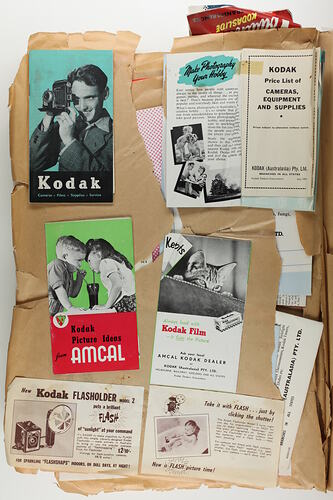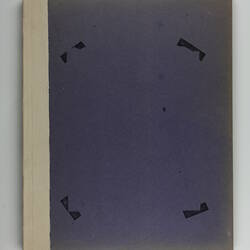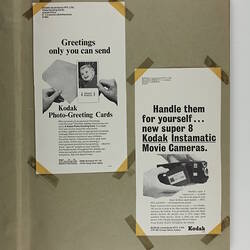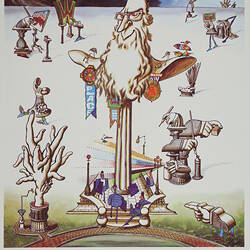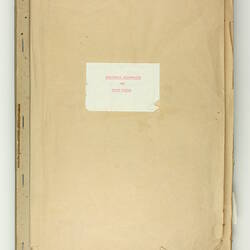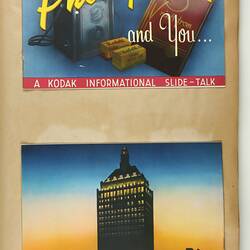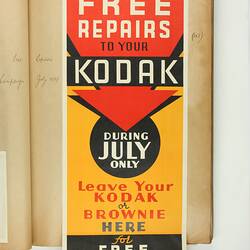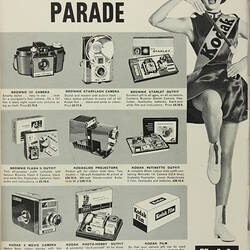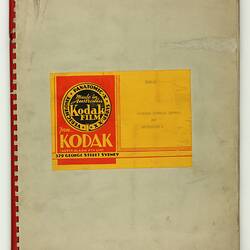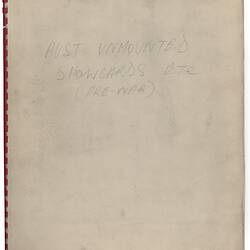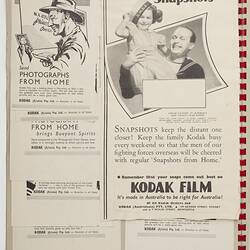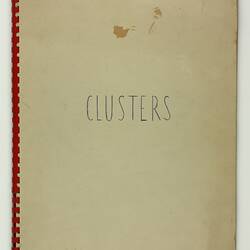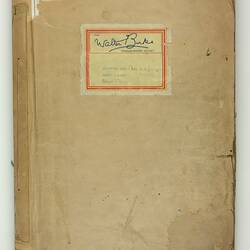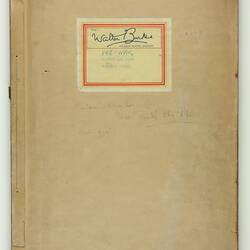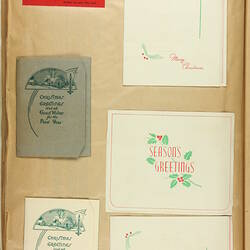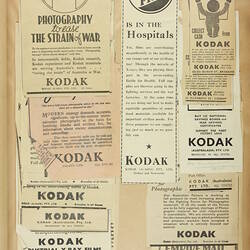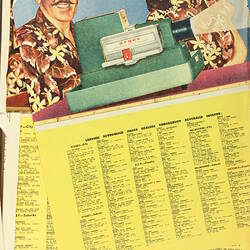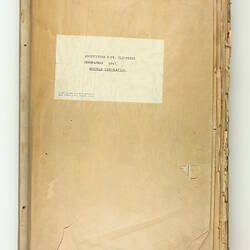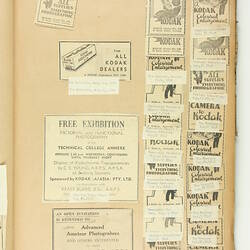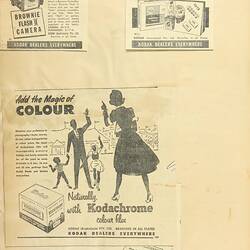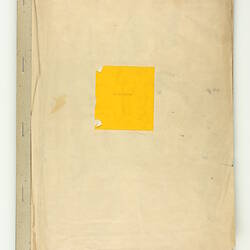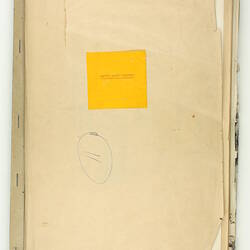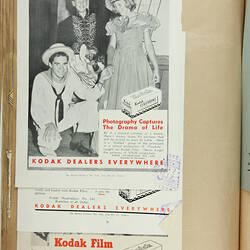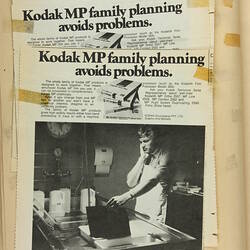Give Fun - Give a Kodak!
Museum Victoria holds a collection of over 100 scrapbooks compiled by Kodak Australasia marketing staff from the 1930s to the 1970s. Each book contains paper-based advertisements organised according to target market, theme, publication and date. The archival items inside the scrapbooks include newspaper clippings, advertising proofs, posters and packaging. Together, the scrapbooks present forty years of Kodak's Australian advertising history, showing how the company marketed itself during the peak of its commercial success.
Generally, the scrapbooks are arranged by theme or market. For example, 'Graphic Arts and Allied Printing' is aimed at professional photographers and printers, while 'Amateur Campaigns' is for the amateur photographic market, and 'Islands' is a collection of material aimed at tourists in the Pacific. Part of the reason for this compartmentalisation is that while the scrapbooks were compiled by the same people using the same system and materials, different Kodak departments had control over their own marketing campaigns. Those people working with radiography and medical imaging equipment organised the advertising for their products, while those people selling to dealers and professionals arranged theirs. The scrapbooks provided a way for each department to showcase their work - to say, 'Look what we have done!'.
The cataloguing system of the scrapbooks changed slightly over the forty years, but the constant is a meticulous attention to detail. The clippings are organised by date, and the material within is arranged by publication. The early volumes have typed or handwritten indexes listing the publications, and each clipping is clearly labelled with its date and page number. Later - in the 1960s and 1970s - the clippings are no longer glued but taped in. There are sometimes 10 or more examples of the same advertisement, stuck in layer upon layer, forming a three dimensional mass that gives the reader an idea of just how heavily certain product lines were promoted, and how broadly the advertisements were placed.
Advertising proofs were generally adhered one to a page. Prior to publication, these proofs were circulated between the advertising agency and relevant parties within Kodak for comment and approval. Most of these proofs have come from Berry Currie Advertising. Some of the proofs in these scrapbooks contain corrections to prices, layout and wording - the final stage of the copywriting process.
The majority of Kodak's advertising was aimed at amateur photographers. Many of the advertisements, particularly in the mid to late Sixties, featured either a single photograph or a triptych of someone, often a woman, using a Kodak camera. This brought action to a static 2D advertisement and presented the cameras as simple to use.
Advertising for the amateur market relied on simple visuals and, moving into the 1970s, used less and less text. The visual appearance of the printed advertisements changed over the years, moving from the illustrated, decorative advertisements of the 1930s to a minimalist layout in the mid to late 1960s with large, block text and photographs rather than drawings. By the 1970s, most advertisements were printed in colour.
Ads for the professional market were more complex. While they featured a smart visual, they would expand on the features and technical specifications of Kodak products. It was usually in these specialist magazines that Kodak placed 'advertorials', which promoted the brand in subtler ways, embedded within an article. Similarly, some advertisements were produced to sell Kodak products to retailers, mainly pharmacies, who might buy Kodak film, cameras and accessories wholesale. However, as with promotional material aimed at the average consumer, Kodak chose not to represent photography as in any way technical or sophisticated - it had to be accessible and easy to sell.
These scrapbooks provide a invaluable, highly tangible resource for the history of Kodak advertising in Australia.
More Information
-
Keywords
-
Authors
-
Article types
